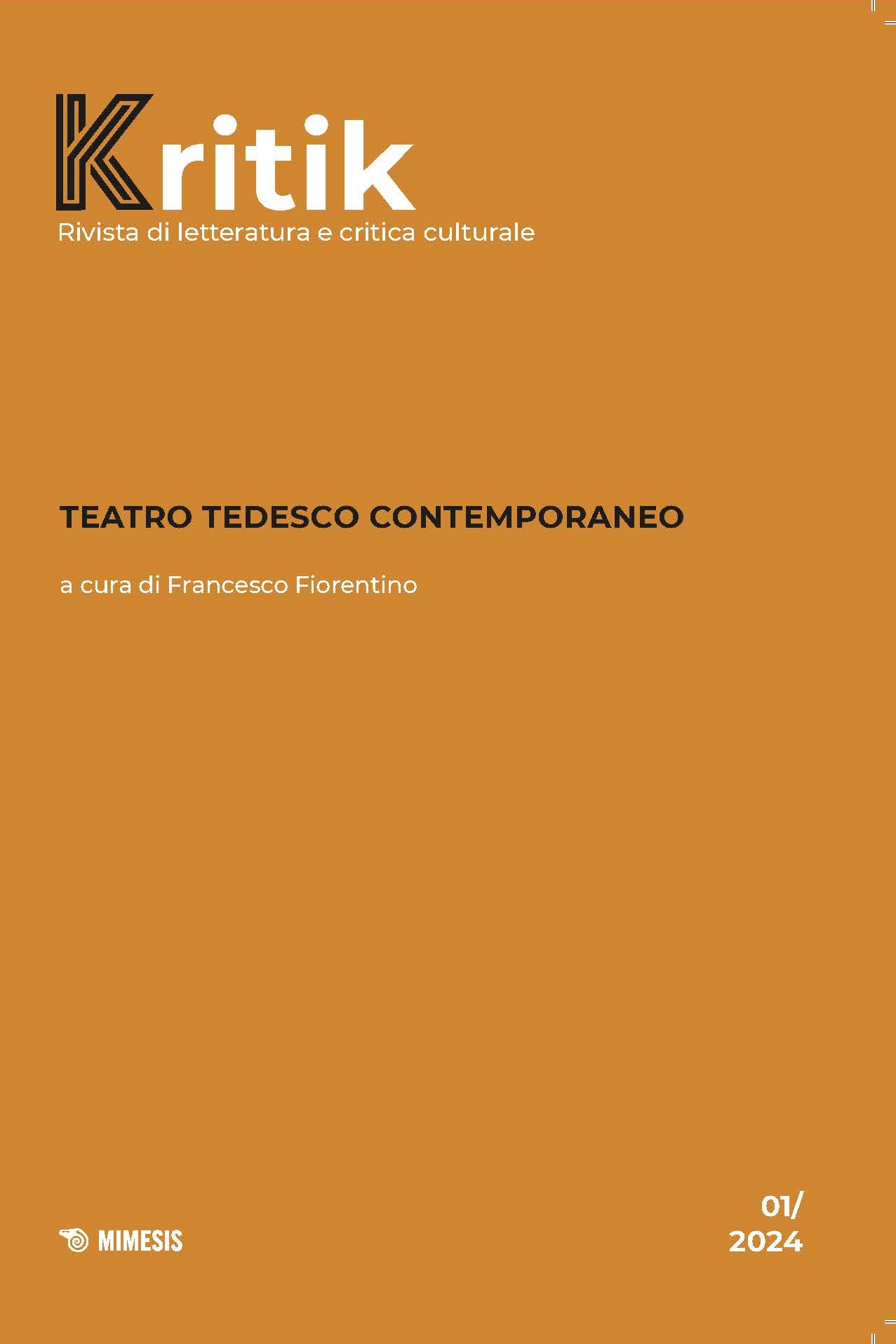Abstract
With this essay, reference will be made to a very complex, relatively early installation that Susanne Kennedy conceived in the summer of 2015 for the Ruhrtriennale, thus, two years after his breakthrough in German drama theater. In collaboration with Suzan Boogaerdt and Bianca van der Schoot, she then staged Orfeo. Eine Sterbeübung (death exercise) in the upper floors of the mixing plant of the Zeche Zollverein in Hesse. Aware that the role of the mythological character of Eurydice in Ovid’s narrative has been little or not at all represented, the three artists choose a varied interpretation of the myth with an emphasis on the figure of Eurydice. In the program booklet they also refer to the play Schatten (Eurydike sagt) by Elfriede Jelinek, which offers an alternative viewpoint on the character of Eurydice. In the labyrinth of the walkable installation Orfeo. Eine Sterbeübung one comes across a multitude of Eurydice figures, occupying the space with their bodies. Displayed as artificial figurative constructions, the performers are united not only by flashy costumes complete with masks, but also by the fact that they are silent. Only the interpretation of Monteverdi’s L’Orfeo, performed by the solo ensemble Kaleidoskop, resonates in the labyrinth. The performers occupy the spaces with their bodies, do not speak and seem to repeat seemingly endless movements and positions based on the spatial arrangement.

